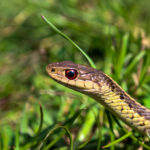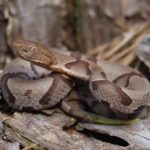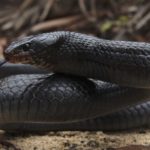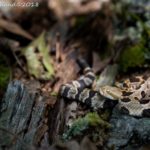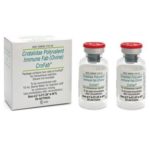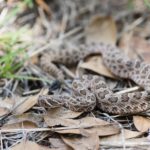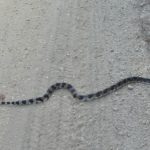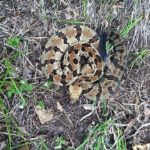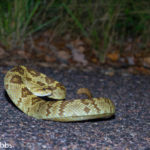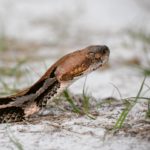
There are six venomous snakes native to the state of Florida. Four of these range practically the entirety of the state: the Eastern Diamondback Rattlesnake, the Dusky Pygmy Rattlesnake, the Florida Cottonmouth, and the Eastern (“Harlequin”) coralsnake. Two species can only be found in Northern counties: the Eastern Copperhead, and the Canebrake (“Timber”) Rattlesnake.Read More
